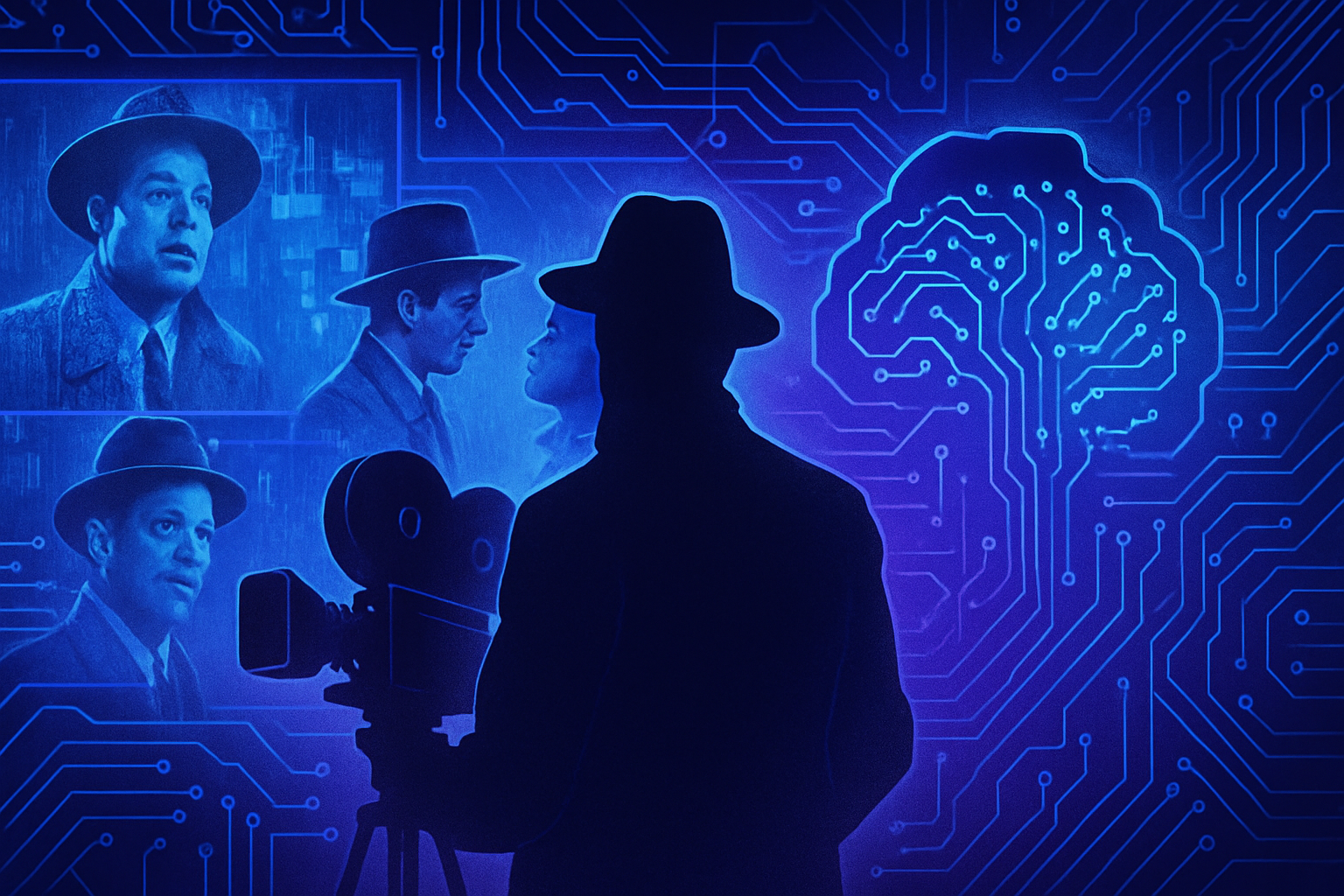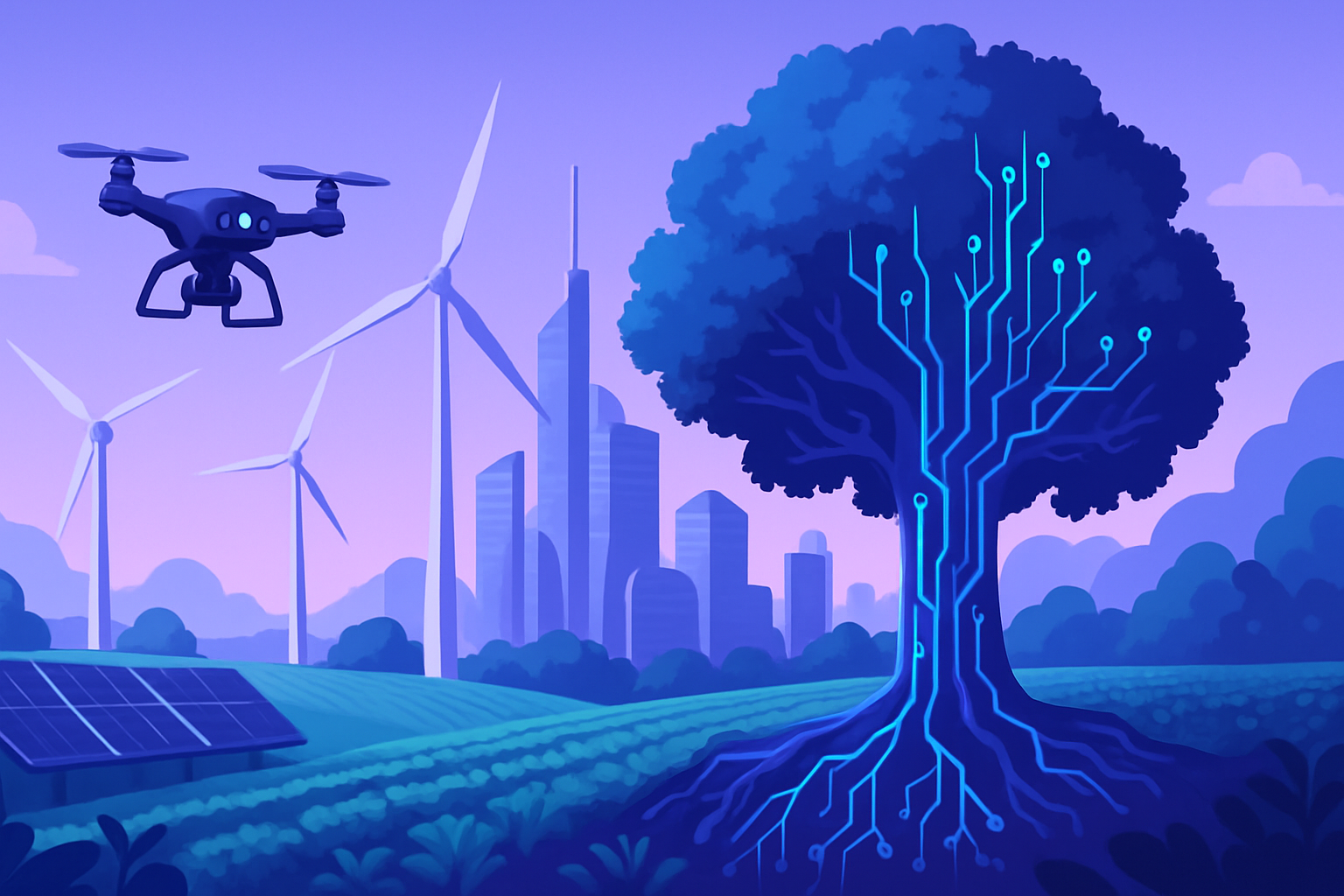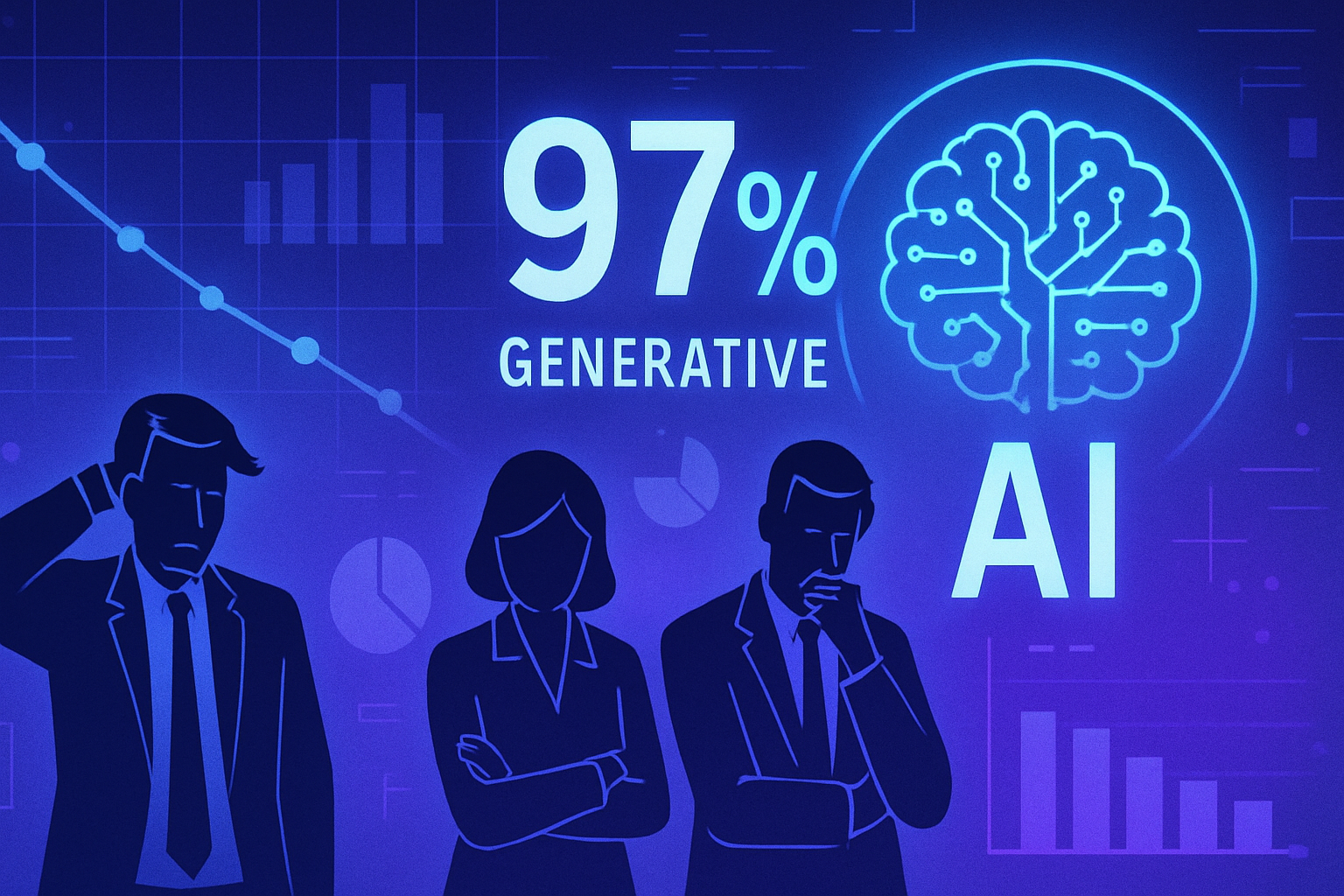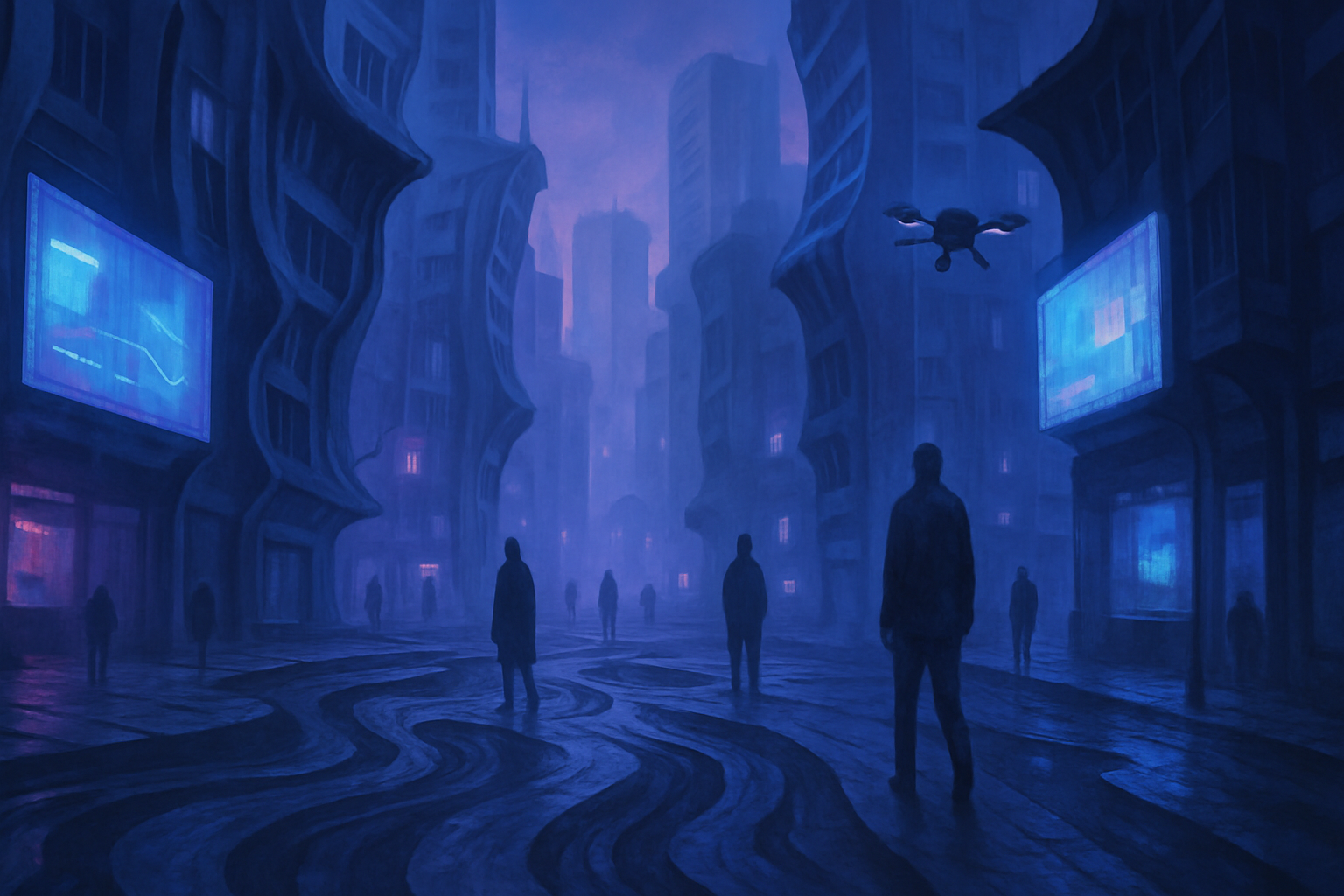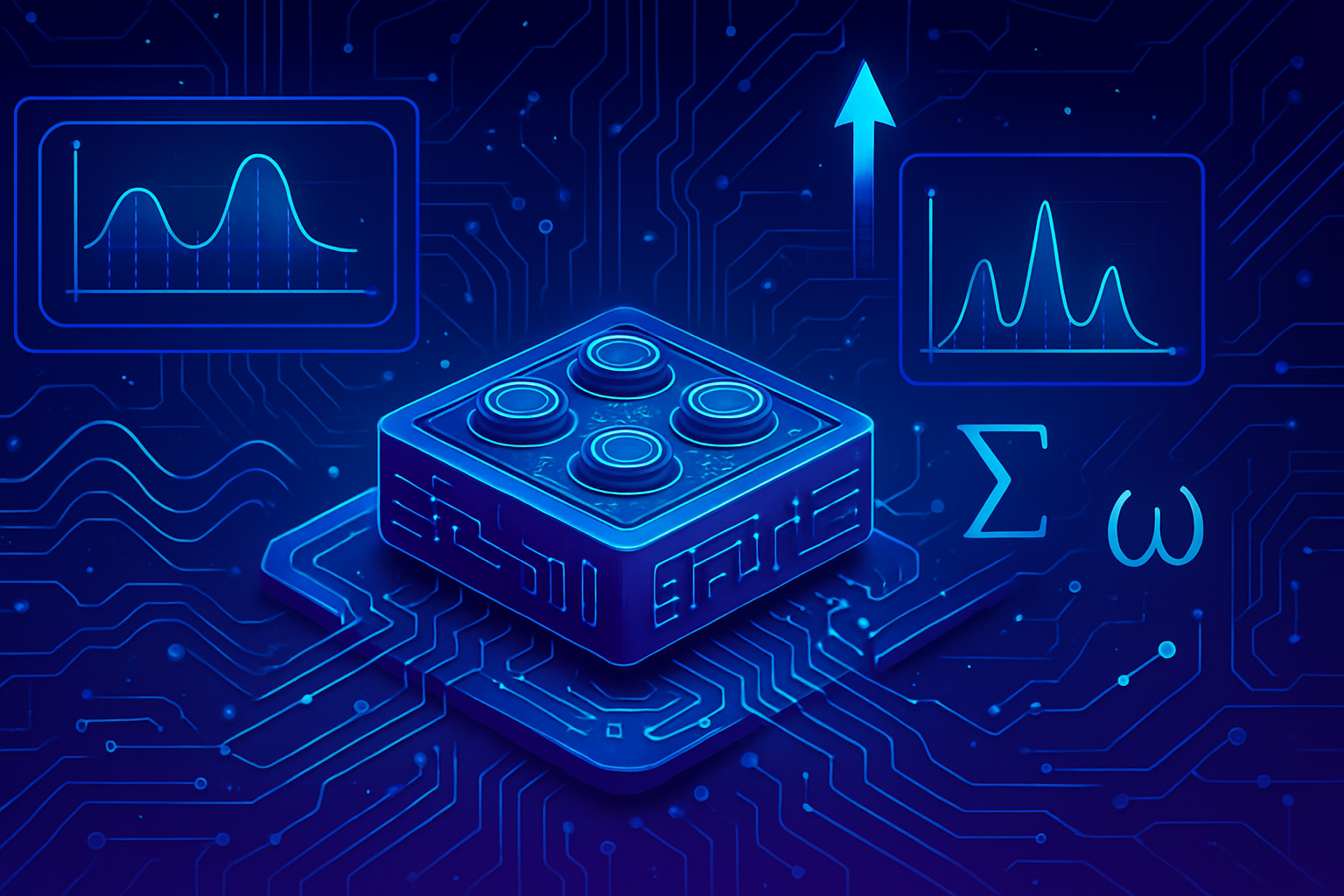The AI technology demo of Quake redefines the experience of the classic id FPS but shapes mixed reactions. Nostalgia clashes with innovation, sparking disenchanted expectations among fans. Players question the use of AI in a field already rich in creativity. What standards are being undermined by this reinvention? Technological stakes intertwine with the preservation of video game heritage. Criticism is not long in coming, Microsoft’s ambitions open a debate on the future of video games.
A controversial experience
The AI technology demo presented by Microsoft, transforming the classic Quake 2, provokes mixed reactions. Although this project uses the generative AI model Muse, many players express their disapproval. The current version is limited to a partial reproduction, neglecting the original experience.
An ambitious yet baffling model
Microsoft developed the World and Human Action Model (WHAM) to revitalize gaming nostalgia. The goal remains to preserve video game heritage. The reinvention of Quake 2 through this technological prism leaves longtime fans perplexed. The experience occurs exclusively in a browser, offering direct access to this AI creation.
Features of the demo
Microsoft insists that this demo does not aim to replicate the authentic experience of the game. Only isolated elements of a level from the original are highlighted, leaving players wanting more. The slow gameplay and criticized texture quality detract from immersion. Enemies disappear when they slide out of view, making interactions unsatisfying.
Community reactions
User feedback on the subreddit dedicated to Quake is swift. Among the comments, one user labels the demo “garbage,” while another condemns companies’ use of AI. This opinion denounces a lazy approach to creativity, reflecting a lack of confidence in the future of video games.
Limitations and features
Designers acknowledge certain restrictions of their model, such as a context length of only 0.9 seconds. This limitation results in forgetting objects out of view. Microsoft even mentions potential gaming fun, suggesting that this dynamic could amuse some players. Actions like “looking down and then looking up” create unexpected surprises in the virtual world.
Expert opinions
Industry figures, such as Game Awards presenter Geoff Keighley, lend their voices to the debate. Their analysis reflects caution regarding AI use in the sector. A technology deemed promising, even revolutionary, encounters resistance from a community attached to traditional video game values.
Where AI stands in the gaming industry
This project raises concerns about the excessive use of AI. The fear of a dehumanized video game product becomes palpable as such demos emerge. Players’ aspirations for authentic immersion could be compromised by the introduction of such underdeveloped innovations.
Resources and alternatives
Fans can explore the demo on Microsoft’s website and read more in-depth analyses of these technological developments. For those eager to relive the authentic experience of Quake 2, a recent remaster exists, offering a well-regarded alternative. Discussions about the future of video games and the implications of AI continue to generate much debate.
FAQ about the AI technology demo of Quake
What is the AI technology demo of Quake 2 recently launched by Microsoft?
It is an experimental and generative version of Quake 2, developed to demonstrate the capabilities of a new AI model called Muse. This demo is accessible in a browser and allows users to interact with a portion of a level from the game.
What are the main issues users encounter with this version of Quake 2?
Users report that the demo is slower than the original, textures are blurry, and some game elements disappear when not in view. The level design appears random and does not match the mastered experience of the original game.
What is Microsoft’s goal in developing this AI demo?
Microsoft aims to explore the capabilities of AI in game creation, hoping that this can not only revive nostalgic games but also contribute to the preservation of gaming experiences.
Has the demo been well-received by the gaming community?
No, the majority of feedback is negative. Users on forums like Reddit often label the demo as “garbage” and express their concerns about using AI to create disappointing and uninspired gaming experiences.
What are the technical specifications of the AI demo compared to the original?
The demo utilizes an AI model with a context length of 0.9 seconds, meaning it can forget objects that are not in the player’s view. This leads to unpredictable interactions, such as making enemies appear or disappear by changing the direction of view.
How does Microsoft justify the limitations of this AI demo of Quake?
Microsoft states that this version does not aim to replicate the original experience of Quake 2 but serves as a platform for exploring AI technologies. They even consider these limitations as potential sources of fun for some users.
Is there an alternative to this AI demo for Quake 2 fans?
Yes, there are recent remasters of Quake 2 created by human developers that retain the essence of the original game while providing visual improvements.
What implications could the use of AI in video games have in the future?
The use of AI in video games could lead to more varied gaming experiences but also raises concerns about artistic quality and human interaction in video content creation.


